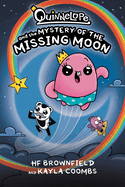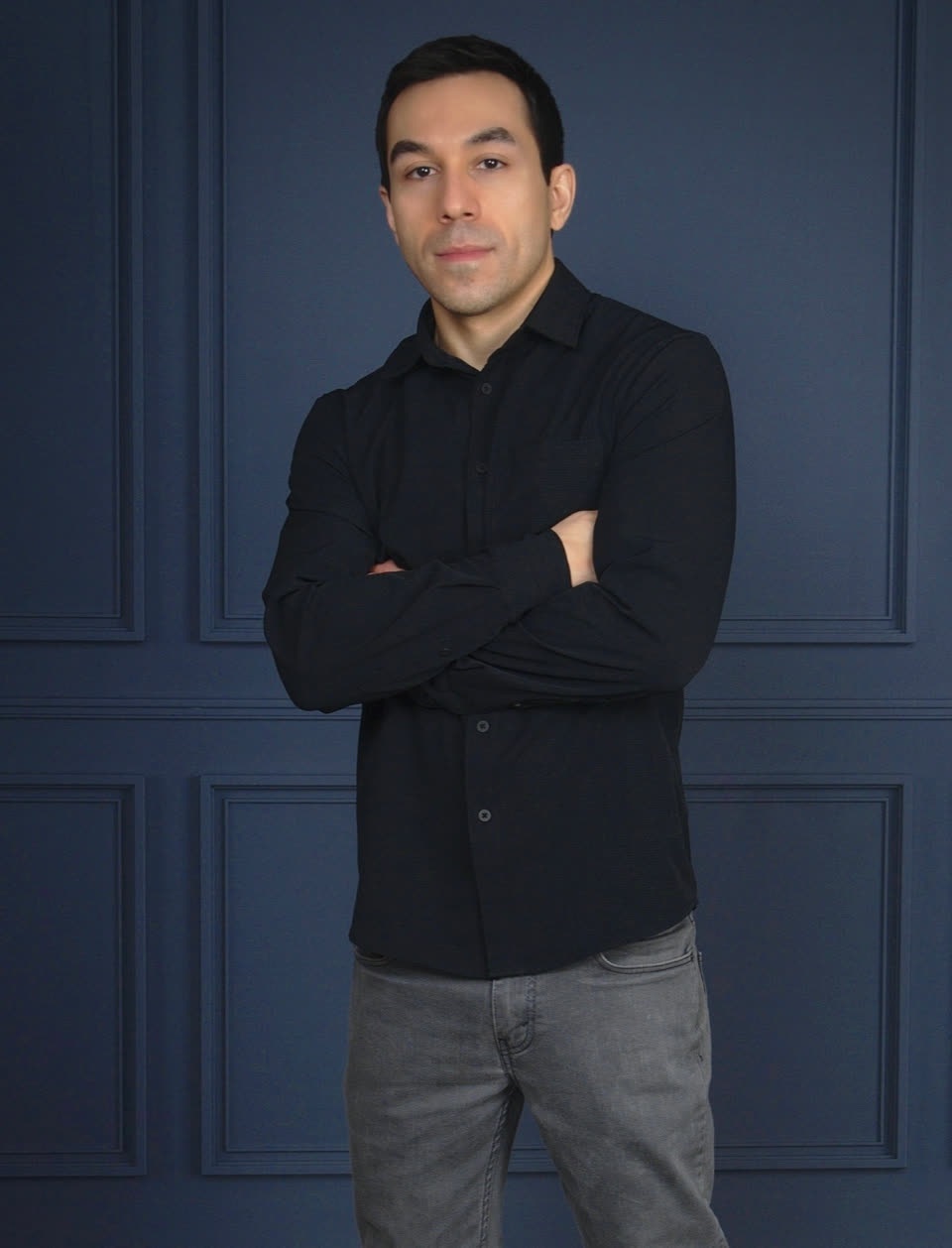 |
| photo: Ashley Suttor |
Nick Medina was born in Chicago, Ill. and is a member of the Tunica-Biloxi Tribe of Louisiana. He appreciates local and Native folklore, which, along with research into the Missing and Murdered Indigenous Women and Girls (MMIWG) epidemic, inspired his debut novel, Sisters of the Lost Nation. His new novel, Indian Burial Ground (Berkley, April 16, 2024), addresses the long-lasting impact of buried trauma, along with other issues that affect many Native and Indigenous communities.
Handsell readers your book in 25 words or less:
Indian Burial Ground is a mythological horror story that forces its characters to address buried trauma that resurfaces years after it left its initial scars.
On your nightstand now:
I never read in bed, so it's technically not on my nightstand, but I'm currently rereading Stephen King's Pet Sematary. In preparation for the release of Indian Burial Ground, I decided to read (or reread) many of the stories that incorporate the Indian burial ground horror trope. Pet Sematary incorporates the trope but puts a twist on it by making it clear that Natives aren't responsible for creating the burial ground through magic, mysticism, or evil spirits. Rather, the burial ground has always been there (and always will be); the Micmacs just happened to occupy the land it's on. I don't scare easily, but this novel consistently gives me the chills. Tough to read at times, it's a horror classic for a reason.
Favorite book when you were a child:
I don't recall having a specific favorite, but when I was really young, I collected the Serendipity books written by Stephen Cosgrove, each about a creature--some ordinary, some fantastical--and which always had a moral to consider. When I got a little older, I was drawn to the Scary Stories to Tell in the Dark series by Alvin Schwartz, which eventually led me to seek longer horror stories and, lucky for me, the first Goosebumps book by R.L. Stine came out right about then. From then on, I read dozens of Stine's books and still find myself uneasily running my fingers over the raised bumps on the covers whenever I pull them from my shelves.
Your top five authors:
This is tough because it changes almost every time I read something that blows my mind. Since I'm currently rereading Pet Sematary by Stephen King, which has reawakened the awe I experienced the first time I read it, I'll put King at the top. Few authors have been around since before my birth who continue to give us all something new year in and year out. I admire that about him. I'm grateful for it too.
Other authors on my "must read" list are Paul Tremblay (what an honor it was and is to have a blurb from him on the front cover of my debut novel, Sisters of the Lost Nation), Rachel Harrison (I'm not just saying that because there's a blurb from her on the cover of Indian Burial Ground; I've loved everything she's written), Patricia Highsmith (a true master of mystery, thrillers, and suspense), and an up-and-coming writer named Cody Lakin (his first two novels, The Family Condition and The Aching Plane are wholly unique, smart, and haunting).
Book you've faked reading:
Do people really do this? I pick up books that I want to read. Faking it wouldn't do me any good.
 Book you're an evangelist for:
Book you're an evangelist for:
Hex by Thomas Olde Heuvelt. And now that I think about it, Olde Heuvelt should be on my top five authors list because I've loved everything I've read by him. Hex, about a small town trying to keep a witch under wraps, gave me literal nightmares. That's as good as it gets in my book.
Book you've bought for the cover:
I don't recall ever buying a book just because of its cover, but I recently saw an edition of Mary Shelley's Frankenstein with a very cool and creepy depiction of the monster on the cover. I might have to add that one to my shelves.
Book you hid from your parents:
Unfortunately, I don't remember the title or the author, but I read a book I found at the library that very graphically detailed the killings of several serial killers (crime scene photos included). No question, I was too young to read that book when I did. My mother wouldn't have approved.
Book that changed your life:
I recently had the privilege to read a book that, as I am writing this, has yet to be released called Listen to Your Sister by Neena Viel. It's a horror novel about sibling love and loyalty that addresses issues of racism, abandonment, and poverty. The way Viel writes about the fears and struggles her Black characters endure helped me understand and relate to certain racial issues in a way I never had before. It's a brilliant book.
Favorite line from a book:
Speaking of Mary Shelley's Frankenstein, a line immediately comes to mind from that novel. "Beware; for I am fearless, and therefore powerful." It says a lot. Can any of us truly be fearless? Will we ever know such power?
Five books you'll never part with:
I'm of the belief that books should be shared, and I'm usually happy to pass them along once I've read them. There are, however, several that I cling to for one reason or another. Among them are:
A 1977 edition of Stephen King's The Shining with the original book jacket, which I found buried beneath books at a used book sale.
Such Sharp Teeth by Rachel Harrison. Rachel was the first author to send me a signed copy of her book after I got my own book deal. It was a pretty special moment for me.
A signed copy of Rocks: My Life In and Out of Aerosmith written by Joe Perry with David Ritz. Perry is one of my musical heroes, and it was a thrill to have him sign this book in person.
My Roots, an unpublished book written by my great-grandfather that details what he went through as an immigrant coming to this country.
Finally, the first copy I ever held of my very own book, Sisters of the Lost Nation.
Book you most want to read again for the first time:
Perhaps The Road by Cormac McCarthy. Rarely do I have to set a book down because I'm so disturbed. I had to do that with this one. I almost didn't want to know what was going to happen next. For me, it was a challenging and incredible reading experience.
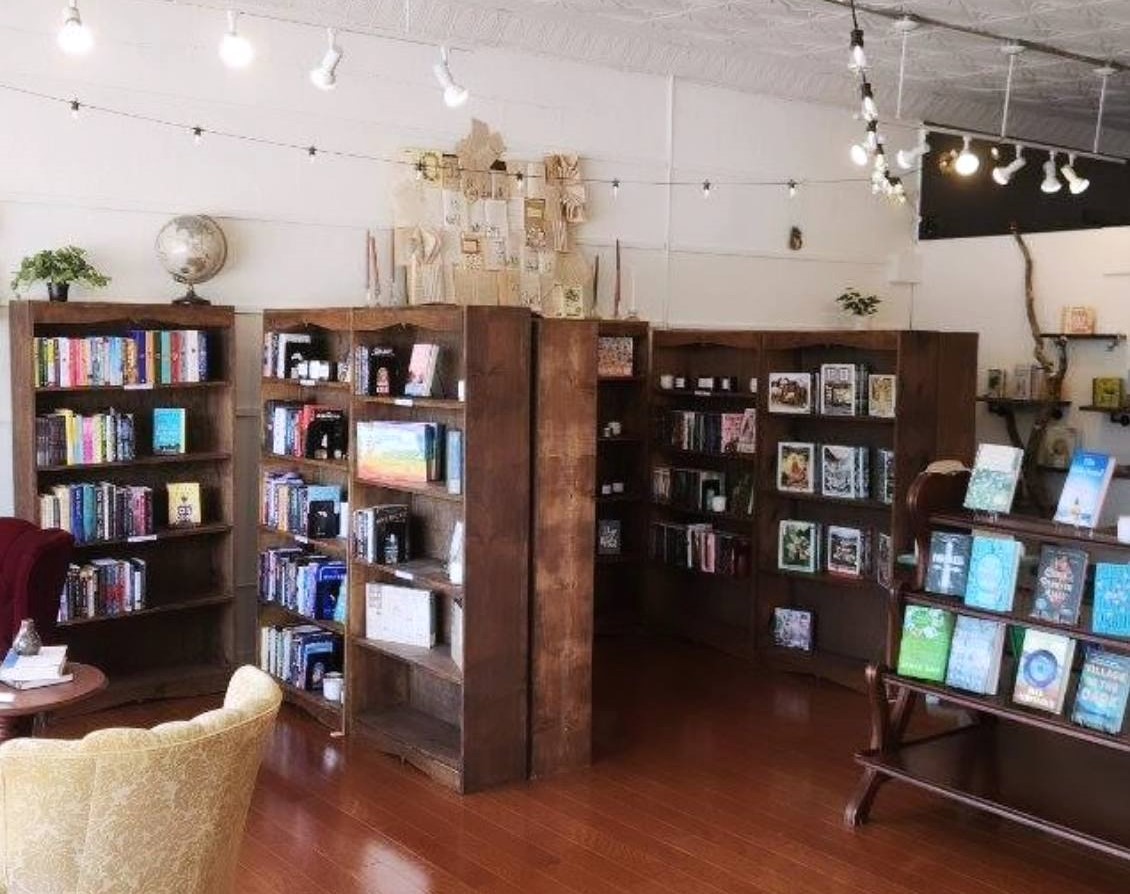 The book and candle shop, which has now expanded to a storefront inside the antiques mall, has been well received. Edwards estimated that more than 100 people came to the store's opening.
The book and candle shop, which has now expanded to a storefront inside the antiques mall, has been well received. Edwards estimated that more than 100 people came to the store's opening.








 The Book Industry Charitable Foundation is
The Book Industry Charitable Foundation is 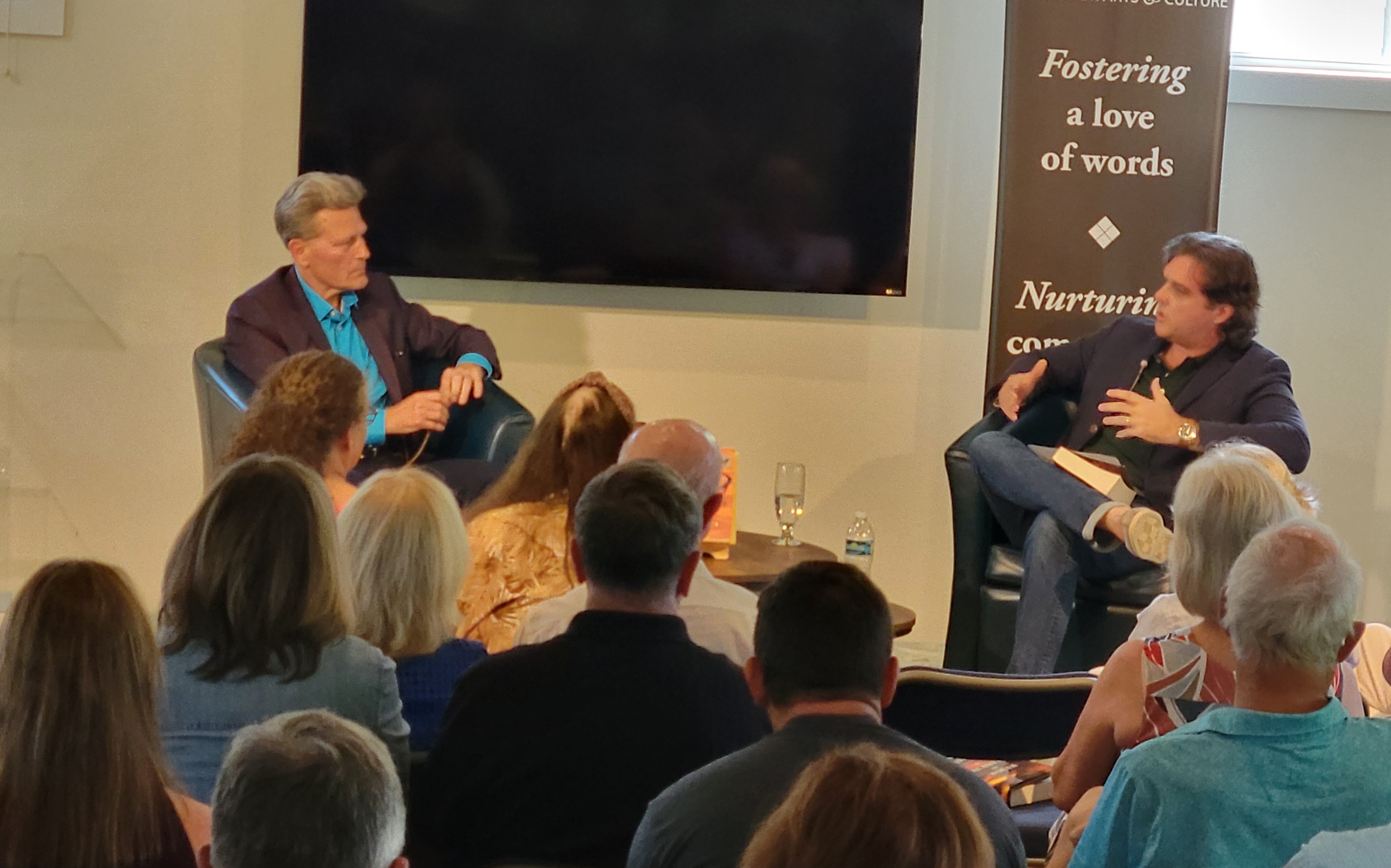 More than 100 fans enjoyed a lively conversation between bestselling authors David Baldacci (l.) and Kevin Powers at
More than 100 fans enjoyed a lively conversation between bestselling authors David Baldacci (l.) and Kevin Powers at 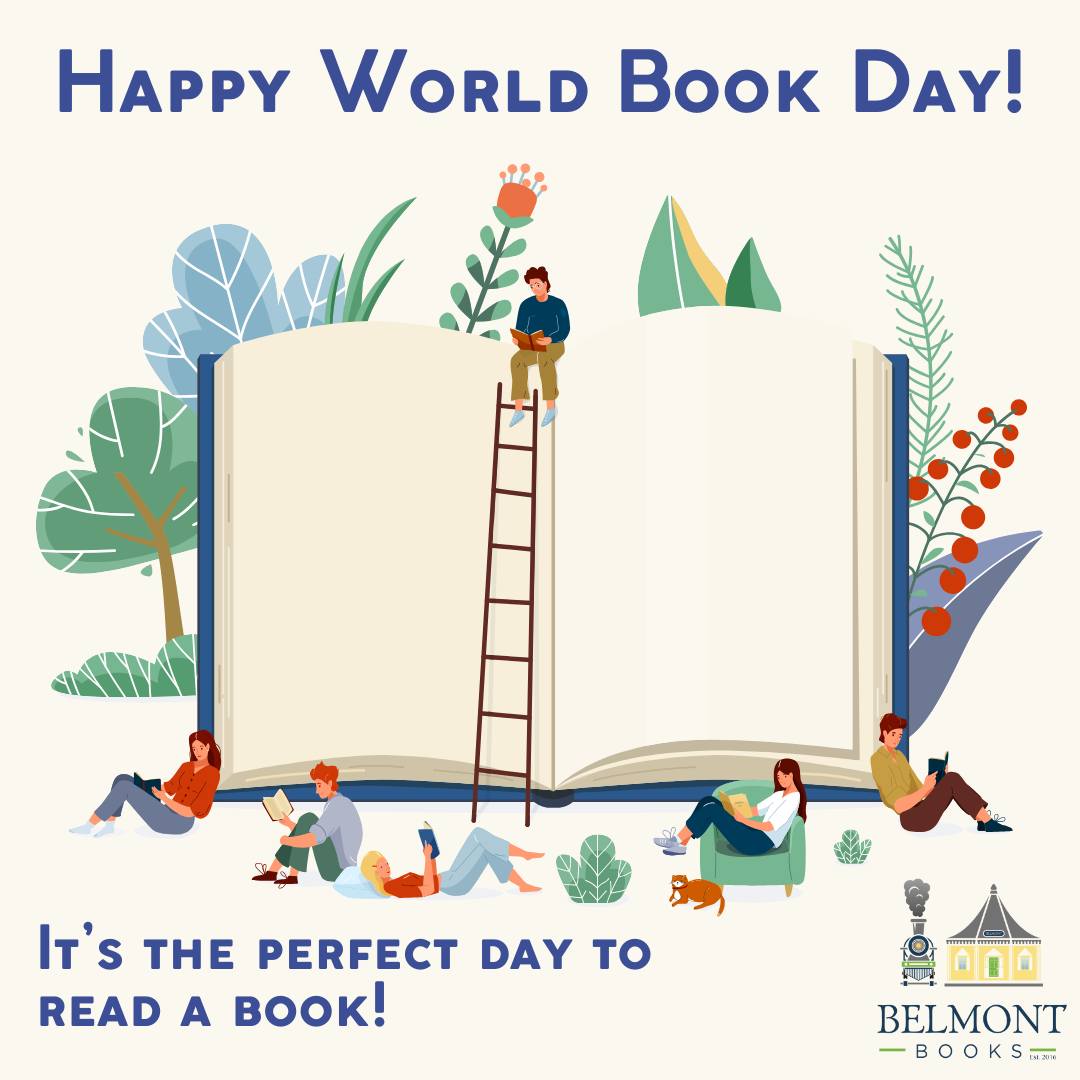 Yesterday was UNESCO
Yesterday was UNESCO 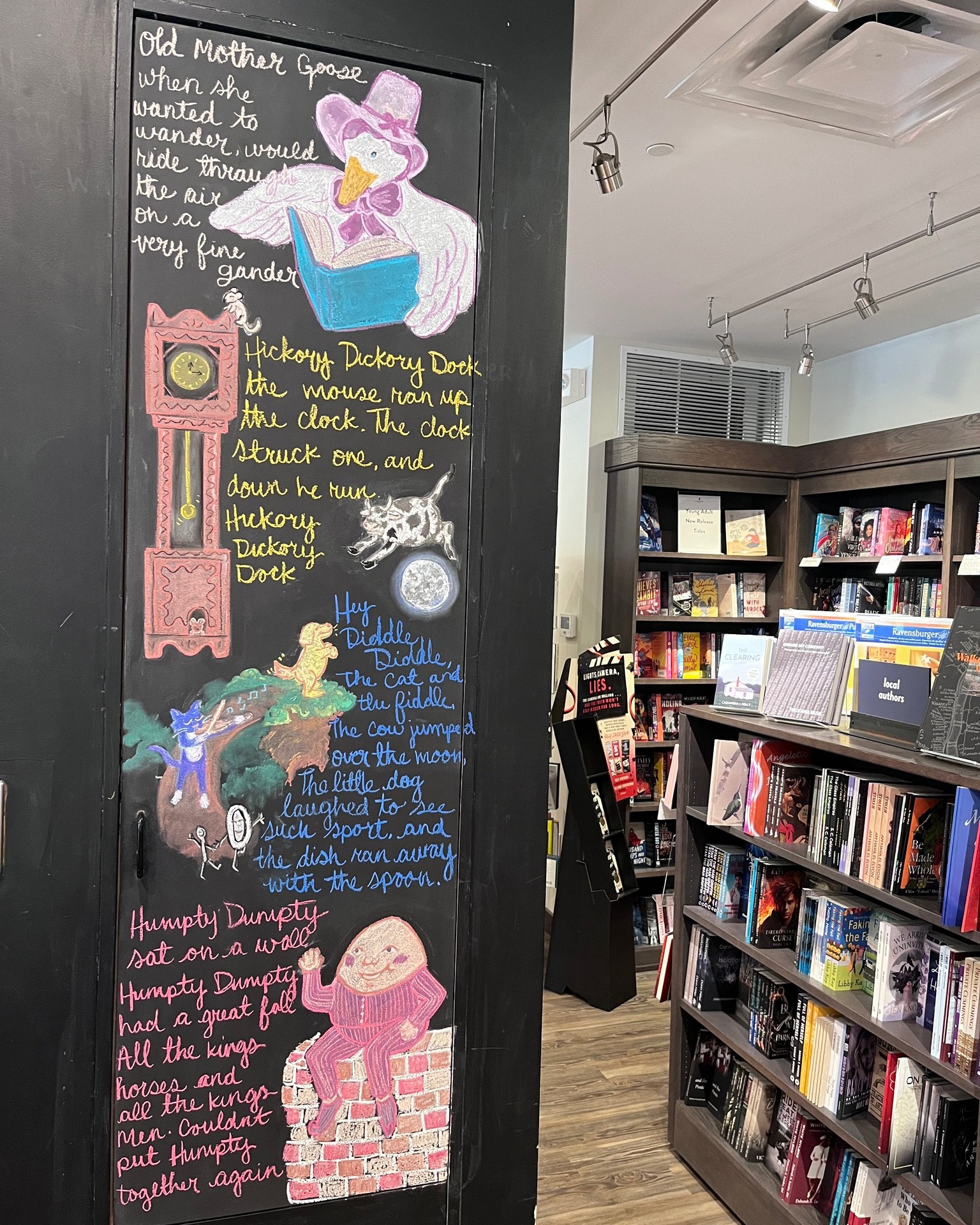
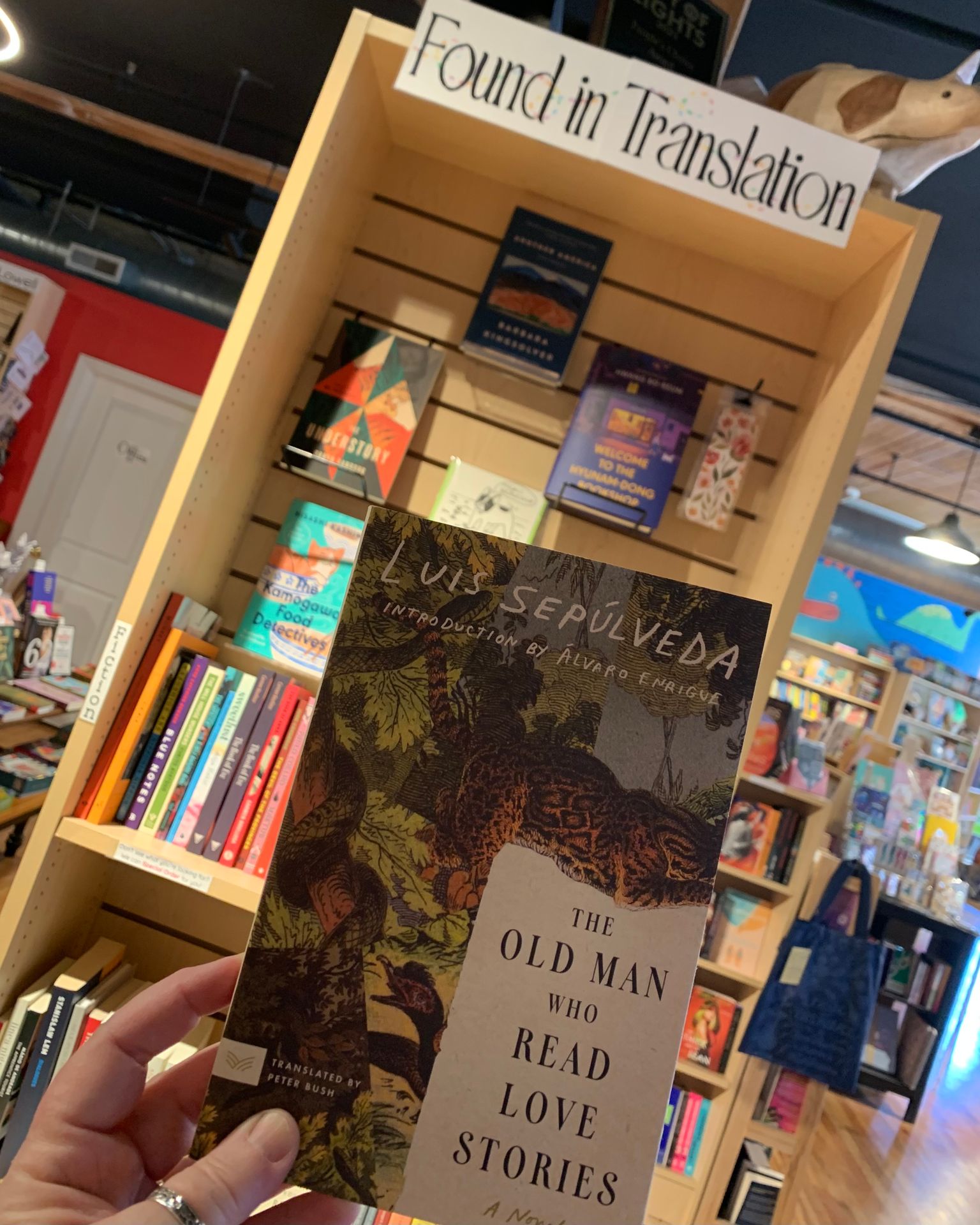
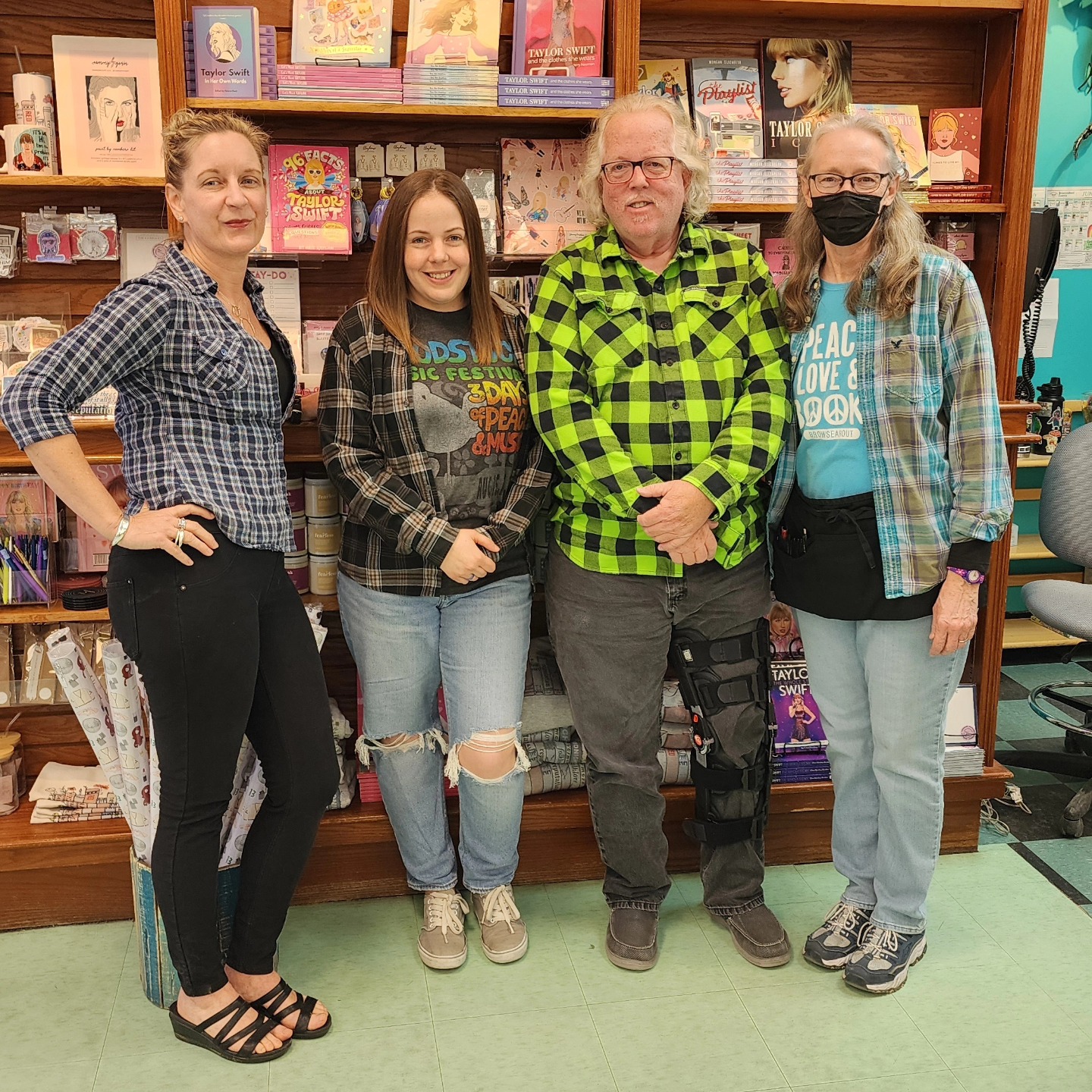 Posted on Facebook yesterday by
Posted on Facebook yesterday by  Sing, I
Sing, I
 Book you're an evangelist for:
Book you're an evangelist for: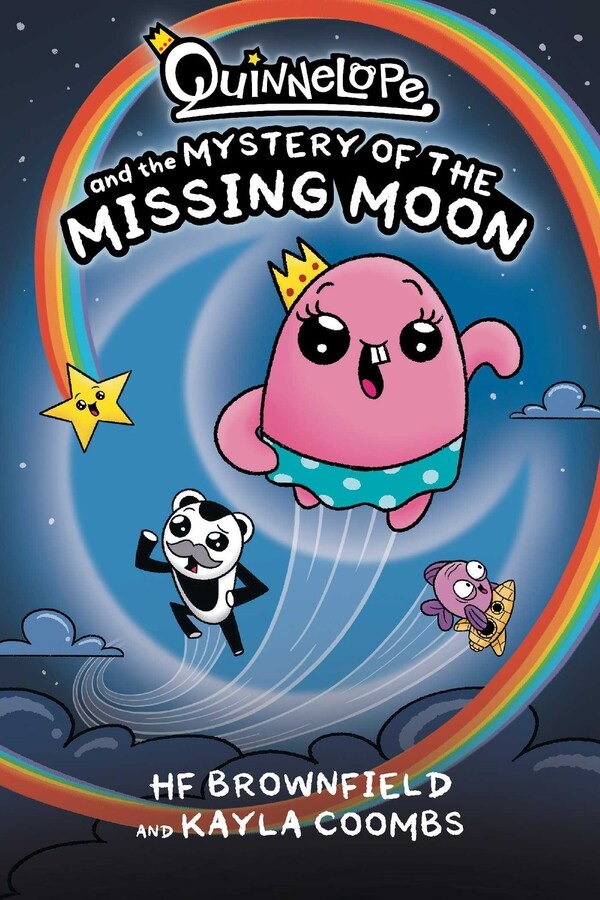 For the second book in their Quinnelope series, Quinnelope and the Mystery of the Missing Moon, HF Brownfield and Kayla Coombs (Quinnelope and the Cookie King Catastrophe) send their pink blob hero and her pals Star, Bub, and Pish into space in search of their planet's missing moon. They meet a plethora of zany characters and encounter the inconceivable along the way, making their celestial adventure a foray into silliness and fun.
For the second book in their Quinnelope series, Quinnelope and the Mystery of the Missing Moon, HF Brownfield and Kayla Coombs (Quinnelope and the Cookie King Catastrophe) send their pink blob hero and her pals Star, Bub, and Pish into space in search of their planet's missing moon. They meet a plethora of zany characters and encounter the inconceivable along the way, making their celestial adventure a foray into silliness and fun.